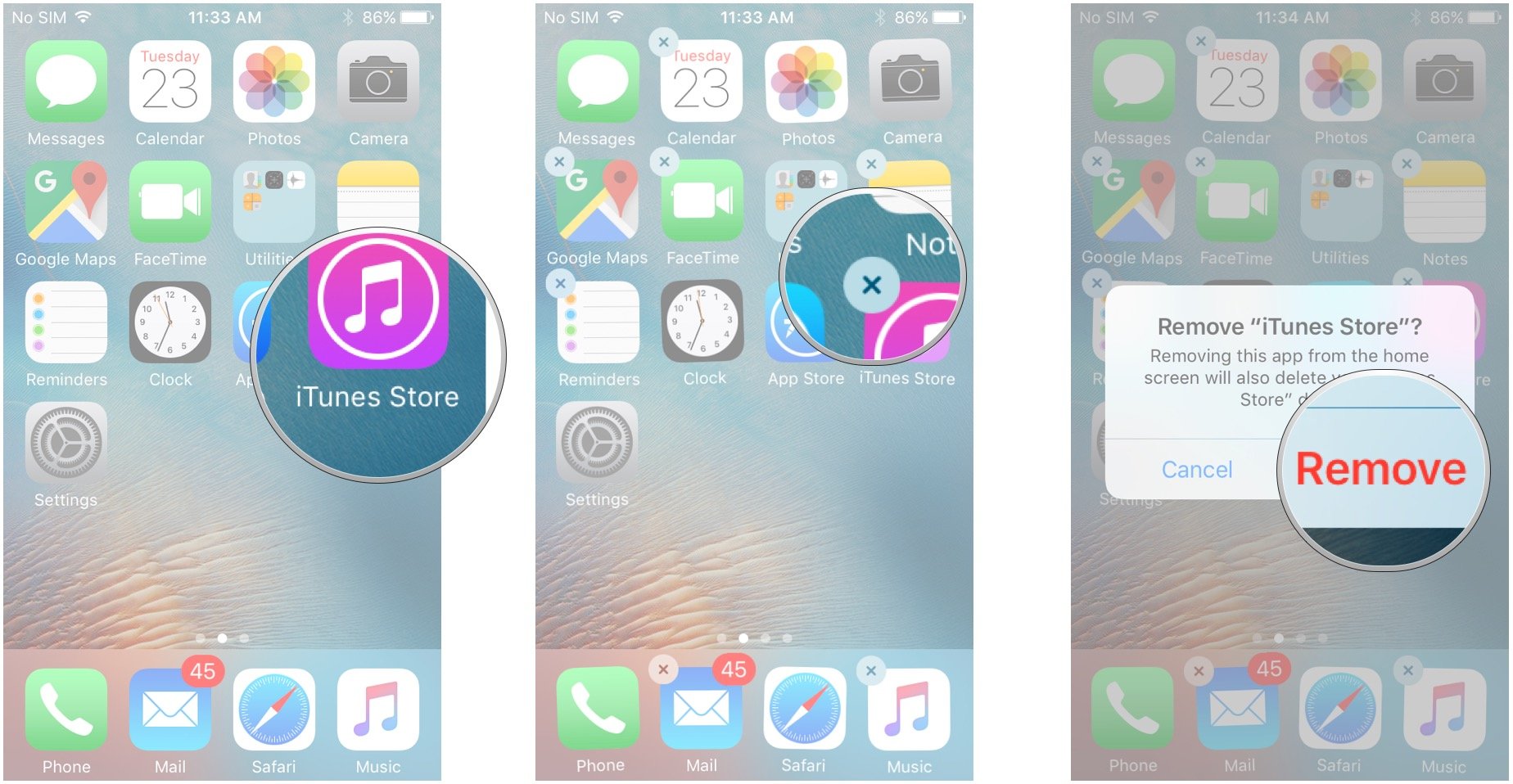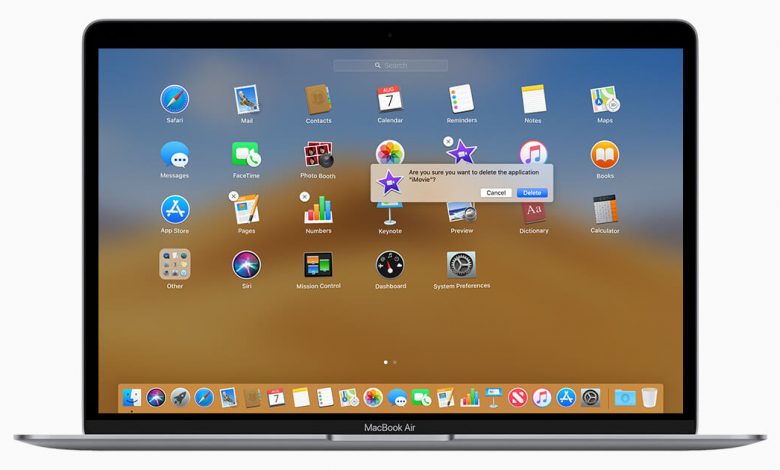

- #HOW TO DELETE APPS ON MAC BOOK HOW TO#
- #HOW TO DELETE APPS ON MAC BOOK FULL#
- #HOW TO DELETE APPS ON MAC BOOK PASSWORD#
- #HOW TO DELETE APPS ON MAC BOOK PLUS#
#HOW TO DELETE APPS ON MAC BOOK PLUS#
To delete a directory plus all of its contents, run:

This command works on files only, so if you’re struggling to delete a directory you’ll need to enter a different command. Then, type the following into the Terminal but don’t press the ‘Enter’ key:ĭrag the file you want to delete onto the Terminal, as this will automatically add the filename and its entire path to the Terminal command (a handy shortcut!) Double-check that this really is the file you want to force-delete, then hit the ‘Enter’ key. To force-delete a file, open the Terminal (either by performing a Spotlight search for the word “Terminal,” or by going to Applications>Utilities>Terminal).

#HOW TO DELETE APPS ON MAC BOOK FULL#
If you’re unsure, then it’s always best to err on the side of caution and either leave the file well alone, or make a full backup before proceeding with the force-delete, so you have something to restore if it all goes wrong. Before going ahead with a force-delete, consider whether removing this file might have a negative impact on other applications, or even your MacBook as a whole. The Terminal can also delete files you wouldn’t normally be able to remove, and sometimes there’s a very good reason why MacOS tries to prevent you from deleting something. There’s no way to recover a force-deleted file! Just be aware that when you force-delete something, it gets permanently deleted as soon as you hit the ‘Enter’ key. If the file is unlocked and you have read and write permissions, but you’re still struggling to delete the file, then you can force-delete it by issuing Terminal commands. You now have permission to modify this file – and that includes unlocking the file, and deleting it.

#HOW TO DELETE APPS ON MAC BOOK PASSWORD#
If you spot a padlock icon in the bottom-right of this menu, then you’ll need to click it and enter your admin password before you can make any changes.įind your user account in the list, click its corresponding set of arrow icons and select ‘Read & Write’ from the dropdown menu. Here you’ll find a list of all the user accounts associated with your MacBook, along with each account’s permissions regarding this specific file: Read Only, Read & Write, or No Access. To get permission to modify a file, Control-click the file in question and select ‘Get Info.’ In the ‘Get Info’ window, find the ‘Sharing & Permissions’ section and expand it. You see an error message whenever you try to delete the file.The file is locked, and you don’t have permission to unlock it.Permissions can prevent you from deleting a file in two ways: You don’t have permission to access the file Once the file is unlocked, you should be able to go ahead with the delete. Input the following command (being sure to replace location/nameoffile.extension with your own filename and file path) and hit the ‘Enter’ key on your keyboard:Ĭhflags nouchg location/nameoffile.extension To launch Terminal, click the ‘Spotlight’ icon in your MacBook’s menu bar and enter ‘Terminal’ into the search bar that appears. You can also unlock a file using the Terminal that comes pre-installed on every MacBook.
#HOW TO DELETE APPS ON MAC BOOK HOW TO#
If the ‘Locked’ checkbox is greyed out, then this means you don’t have permission to modify the file (we look at how to change a file’s permissions in the next section, so skip ahead if you can’t currently access the ‘Locked’ checkbox).


 0 kommentar(er)
0 kommentar(er)
